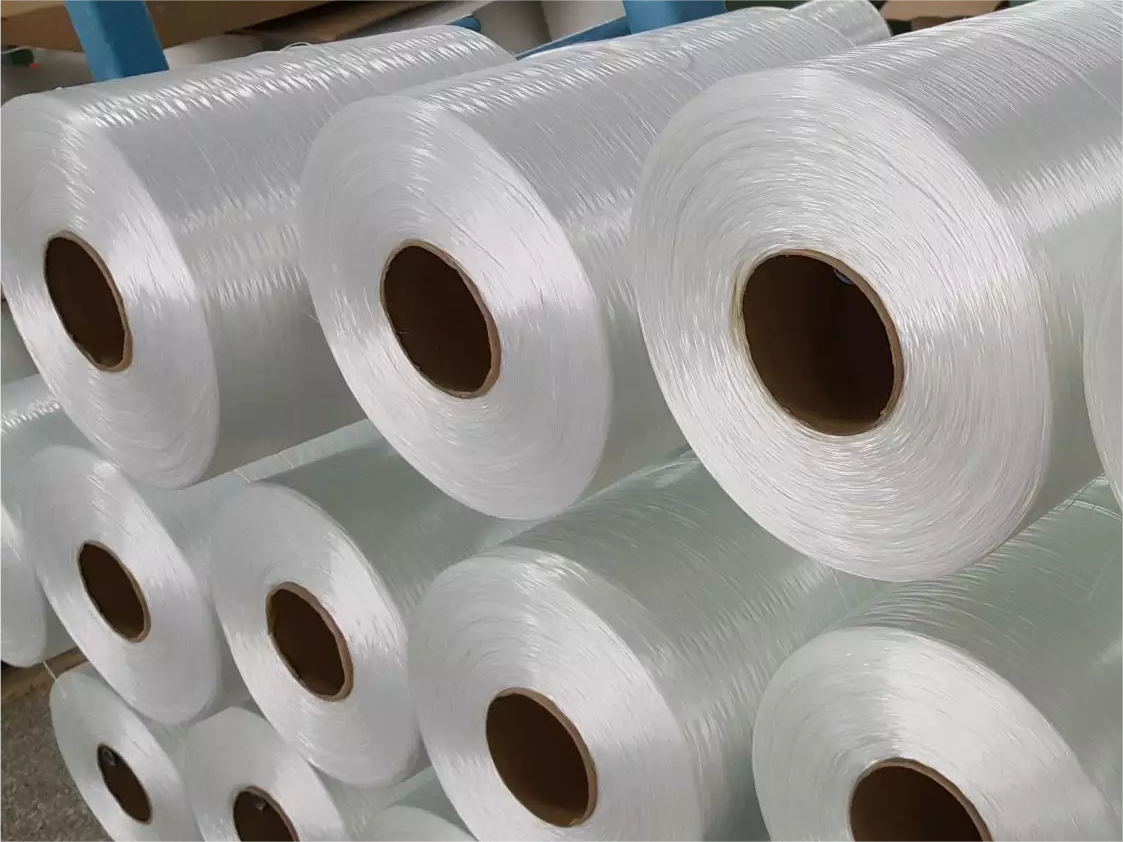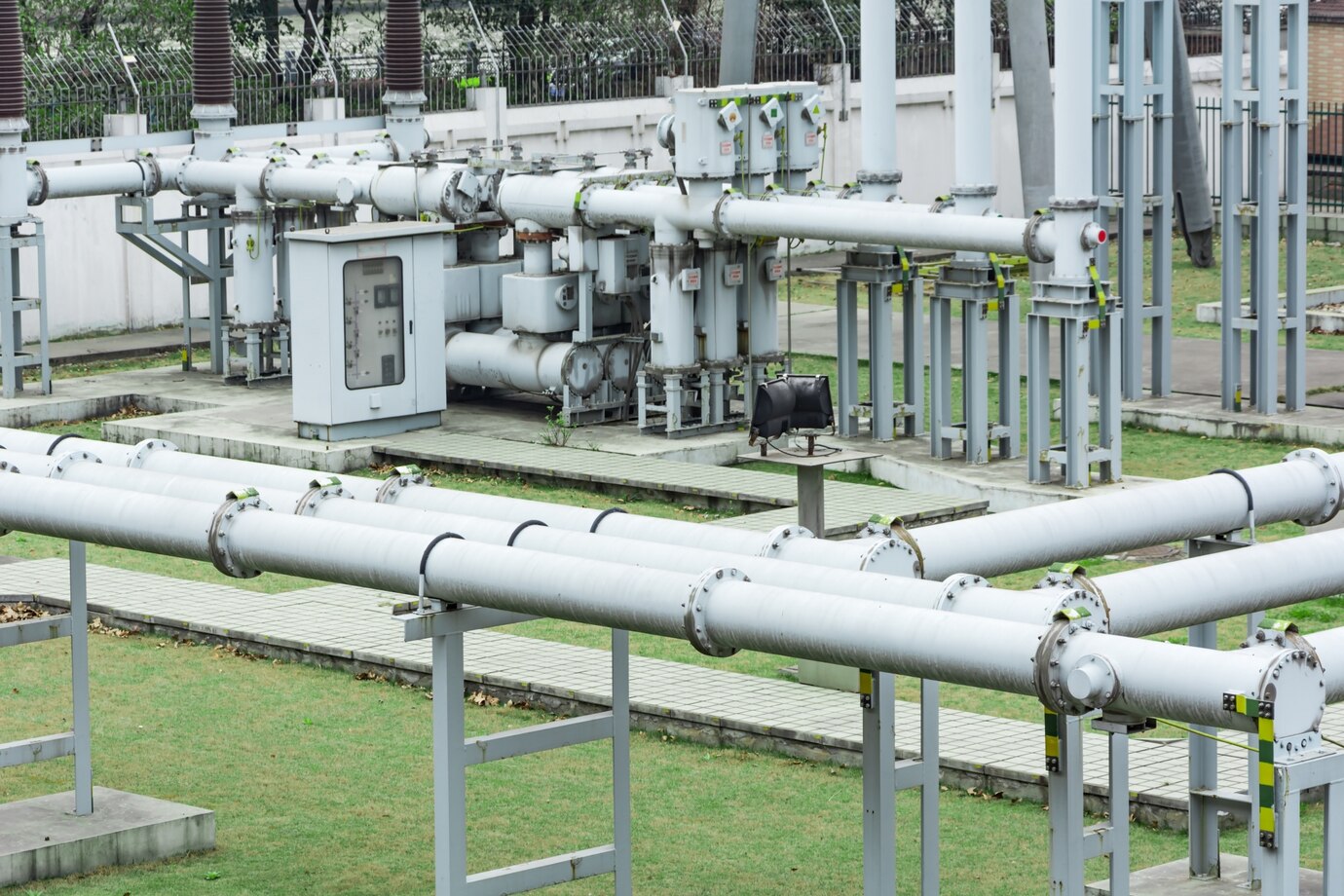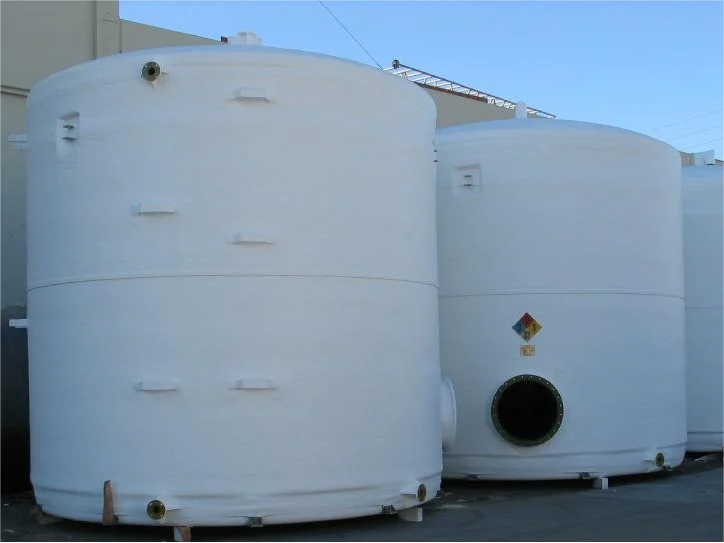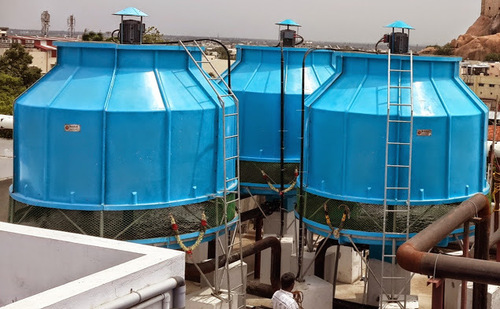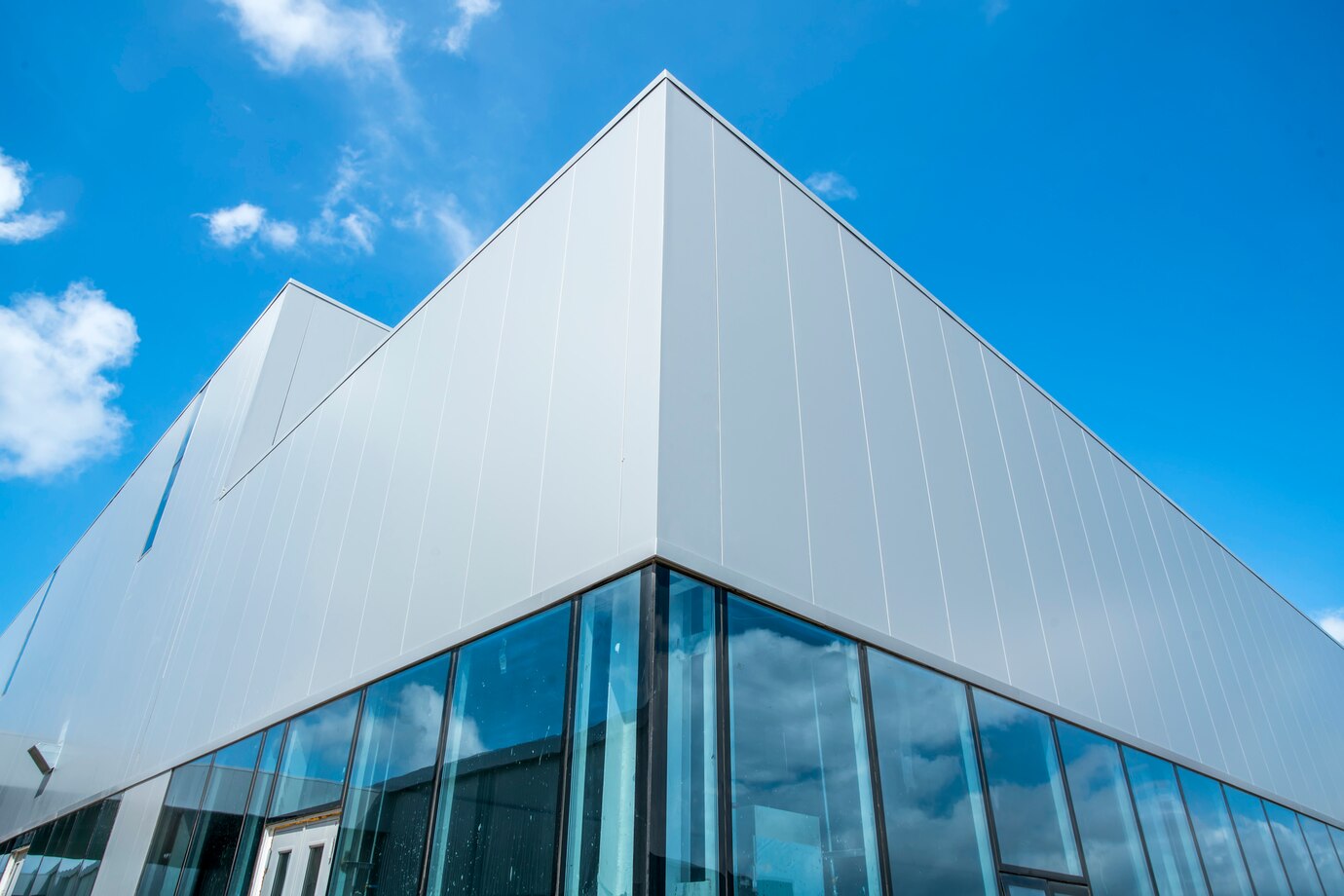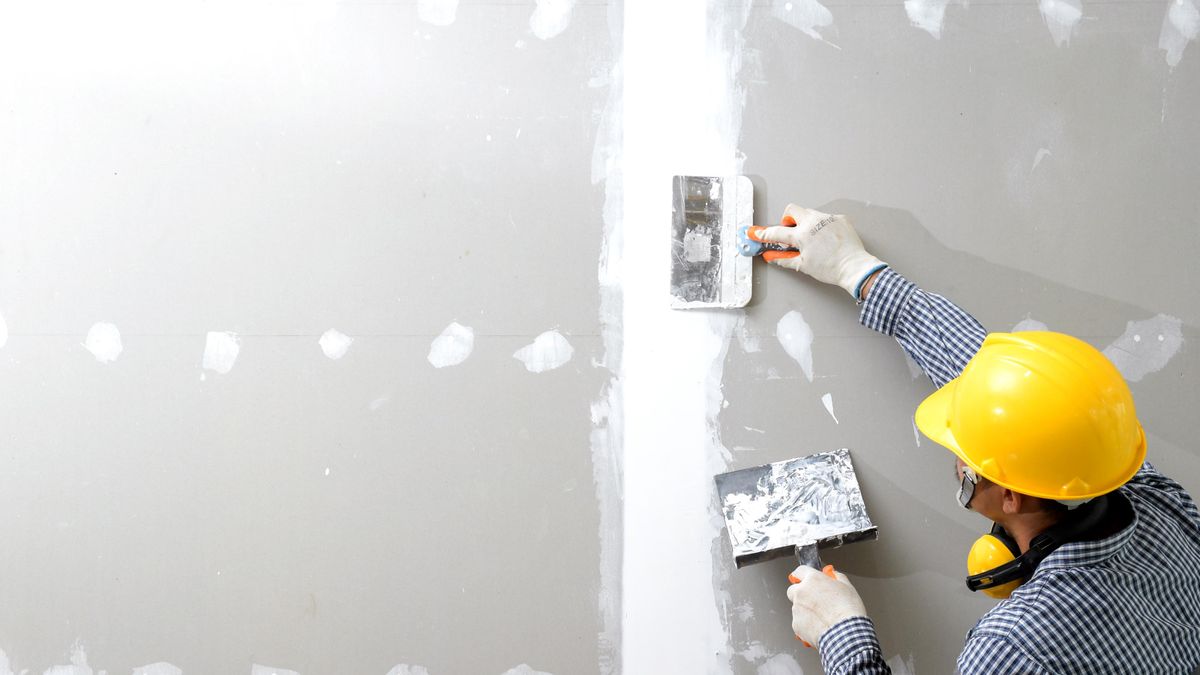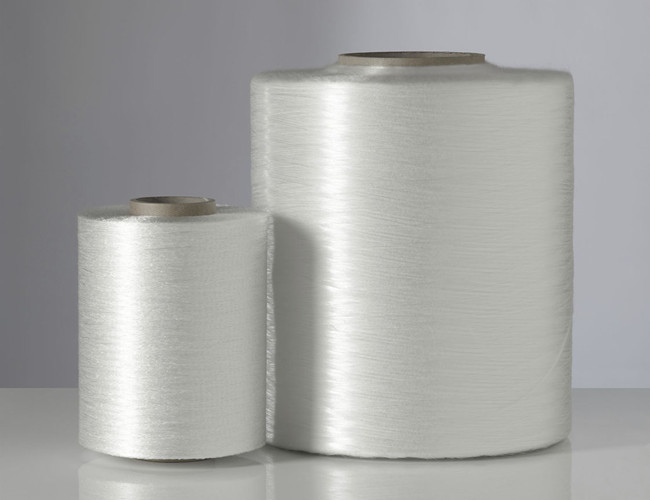Production technology and application of glass fiber roving
Fiberglass roving is a versatile and versatile material that plays a vital role in various industries including construction, automotive and aerospace.
The production of fiberglass roving involves several key steps to ensure the production of a high-quality and versatile material.
The following are the basic stages of the production process:
1.Melting and Drawing: The process begins by melting high-quality raw materials such as silica sand, limestone, and soda ash in a high-temperature furnace. The molten glass is then drawn into filaments using precisely controlled equipment, creating a continuous bundle of glass fibers.
2.Shredding: After the continuous strands are formed, they are fed into a shredder that precisely cuts the fiberglass into predetermined lengths, typically 0.5 to 3 inches. Uniformity of the chop process is critical to ensuring consistent performance of the final chopped fiberglass yarn.
3.Sizing Application: Sizing is a critical step in the production process that involves the application of a specialized coating or sizing to chopped glass fibers. This slurry enhances the adhesion and compatibility of glass fibers with various resin matrices, thereby optimizing their performance and applications in composite materials.
4.Packaging: After sizing, fiberglass roving is packaged into convenient forms such as bales or containers, ready for shipment to customers and end users.
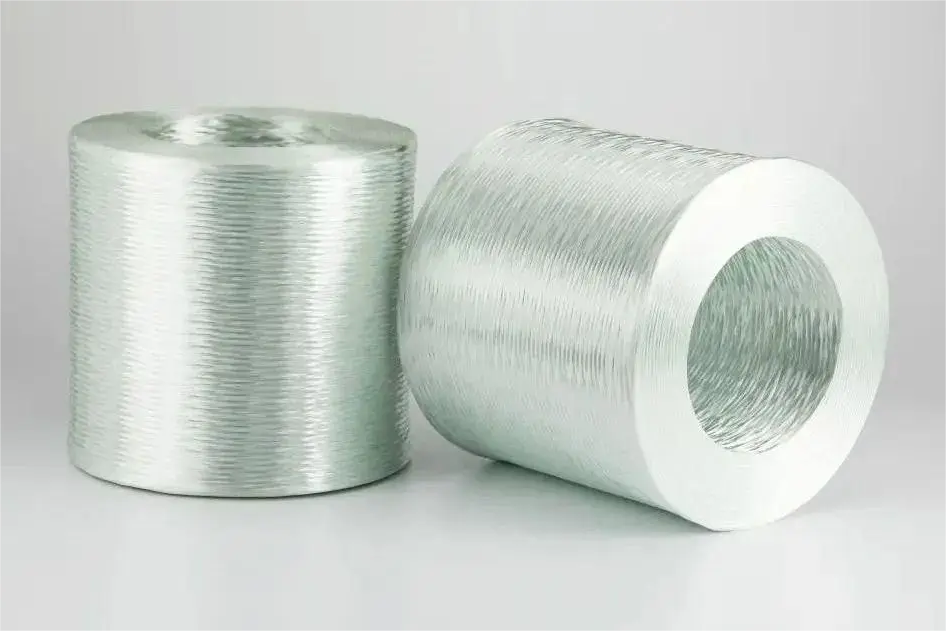
Application of fiberglass roving The versatility and superior performance of fiberglass roving make it a popular material across many industries. Some of its key applications include:
1.Construction and Civil Engineering: fiberglass roving is widely used as reinforcement for concrete, mortar and other construction materials. It enhances the strength, durability and crack resistance of the final composite material, making it an ideal solution for infrastructure repair, rehabilitation and new construction projects.
2.Automotive and Aerospace: In the automotive and aerospace industries, fiberglass roving is used to make lightweight composite parts. These components have an excellent strength-to-weight ratio, helping to improve fuel efficiency, performance and structural integrity of vehicles and aircraft.
3.Marine and wind energy: fiberglass roving is used to produce composites for ships and wind turbine blades. Its corrosion resistance, high tensile strength and fatigue resistance make it an excellent choice for demanding marine and wind energy applications.
4.Consumer Products: From sporting goods to home appliances, fiberglass roving is used in a variety of consumer products to enhance their mechanical properties, impact resistance and overall performance.
ZBREHON stands out in providing OEM and ODM services, providing tailor-made solutions to meet the specific requirements of customers in different industries. The company's advanced overseas trade supply chain services ensure that fiberglass roving is efficiently and reliably transported to global markets, contributing to the success of partner projects.
Contact us for more product information and product manuals
Website:www.zbfiberglass.com
Tele/whatsapp: +8615001978695
· +8618776129740
Email: sales1@zbrehon.cn
· sales2@zbrehon.cn
· sales3@zbrehon.cn


